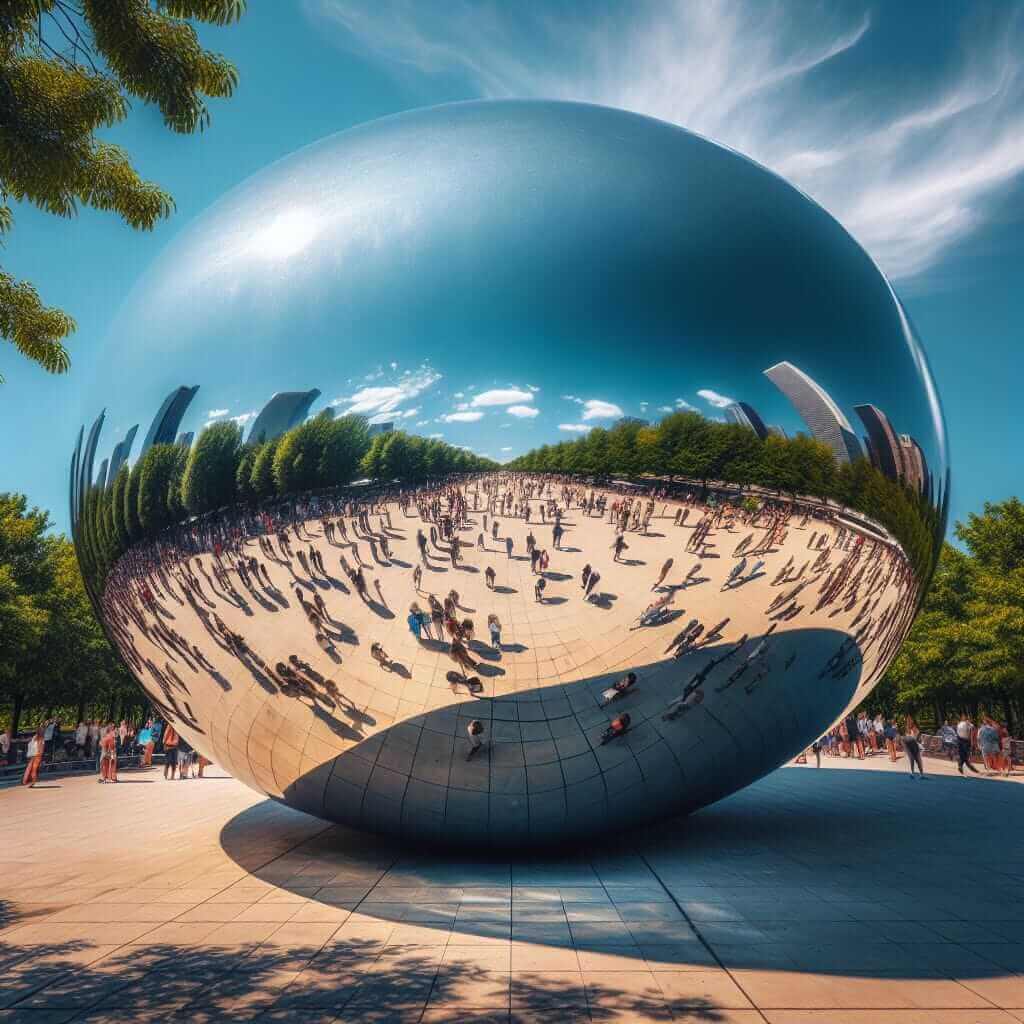The topic “The influence of art in public spaces” has been an intriguing subject in multiple IELTS Writing Task 2 exams. Art in public spaces not only beautifies urban landscapes but also influences social behavior and community spirit. Understanding this topic deeply can help IELTS aspirants craft well-rounded essays that score high bands. Historically, topics about public art and its impact have appeared occasionally, and this trend is likely to continue as societies grow increasingly interested in the role of art in public areas.
Choose an IELTS Writing Task 2 Prompt
Given the recurrent appearance of this theme in IELTS exams, here’s a relevant prompt:
Many people believe that art in public spaces plays a significant role in community life. To what extent do you agree or disagree with this statement?
Analyze the Prompt
To tackle this essay effectively, it’s crucial to:
- Understand the Question: You are asked to present an argument about the influence of art in public spaces. The key phrases here are “significant role” and “community life.”
- Formulate Your Position: Decide whether you agree or disagree with the assertion and to what extent.
- Plan Your Argument: Structure your essay in a way that clearly articulates your stance, supported by logical arguments and pertinent examples.
Sample Essay
Introduction
Public art, whether in the form of sculptures, murals, or installations, far exceeds its aesthetic value. It fundamentally transforms public spaces, impacting the social fabric and enhancing communal life. I strongly agree that art in public spaces plays a considerable role in community life by fostering community identity, stimulating economic benefits, and promoting social cohesion.
Body Paragraph 1: Fostering Community Identity
First and foremost, public art enriches the cultural identity of a community. Landmarks like the “Cloud Gate” in Chicago or the “Angel of the North” in Gateshead are not just pieces of art but symbols of local heritage and pride. These works of art become synonymous with the community, instilling a sense of belonging among residents while attracting tourists curious about the area’s cultural narrative.

Body Paragraph 2: Stimulating Economic Benefits
Additionally, art in public spaces creates economic opportunities. Public art projects often employ local artists and craftsmen, providing jobs and boosting local economies. Moreover, these art installations can turn nondescript locations into vibrant tourist attractions. For example, cities like Berlin and Paris are globally renowned for their street art, drawing myriad visitors annually and generating substantial economic activity through tourism-related revenues.
Body Paragraph 3: Promoting Social Cohesion
Lastly, public art acts as a unifying societal element. It can address social issues, provoke thought, and initiate conversations among community members. Installations that celebrate inclusivity and diversity, for instance, foster mutual understanding and respect among different cultural and socio-economic groups. Furthermore, community art projects engage residents in collective activities, thereby strengthening communal bonds and enhancing social cohesion.
Conclusion
In conclusion, art in public spaces indeed plays a pivotal role in community life. It not only fosters a unique cultural identity but also drives economic benefits and reinforces social cohesion. Given these multifaceted advantages, integrating art into public spaces should be a priority for urban planners and community leaders alike.
Word Count: 293
Key Reminders for Writing
Vocabulary and Grammar
-
Vocabulary:
- Enrich (v.) /ɪnˈrɪtʃ/: to improve the quality of something by adding something else.
- Cohesion (n.) /koʊˈhiːʒən/: the action or fact of forming a united whole.
- Sculpture (n.) /ˈskʌlptʃər/: three-dimensional art made by shaping materials.
- Installation (n.) /ˌɪnstəˈleɪʃən/: a form of visual art, often large-scale and three-dimensional.
- Aesthetics (n.) /esˈθetɪks/: set of principles concerned with the nature and appreciation of beauty.
-
Grammar Usage:
- Use complex sentences and compound sentences to showcase a good command of English.
- Employ a wide range of vocabulary naturally and accurately.
- Pay attention to subject-verb agreement and the correct use of verb tenses.
Conceptual Understanding
- Be Clear and Concise: Each paragraph should articulate one main idea, supported by relevant examples.
- Stay on Topic: Ensure all arguments directly address the prompt and contribute to your stance.
- Balance Your View: Even if you strongly agree or disagree, acknowledge possible counterarguments to show a balanced perspective.
Additional Vocabulary
- Symbolic (adj.) /sɪmˈbɒlɪk/: serving as a symbol.
- Provocative (adj.) /prəˈvɑːkətɪv/: causing thought about interesting subjects.
- Mural (n.) /ˈmjʊərəl/: a large painting applied to a wall or ceiling.
- Collective (adj.) /kəˈlektɪv/: done by people acting as a group.
- Narrative (n.) /ˈnærətɪv/: a spoken or written account of connected events; a story.
Conclusion
Understanding the role of art in public spaces can significantly benefit IELTS takers. By analyzing previous IELTS prompts and crafting detailed and structured essays, candidates can improve their writing skills. Future IELTS exams may feature similar topics, so continuous practice on such themes will be advantageous.
For more related topics, consider exploring the influence of climate change on human health here and the role of art and culture in promoting social change here.
Good luck with your practice and upcoming exams!